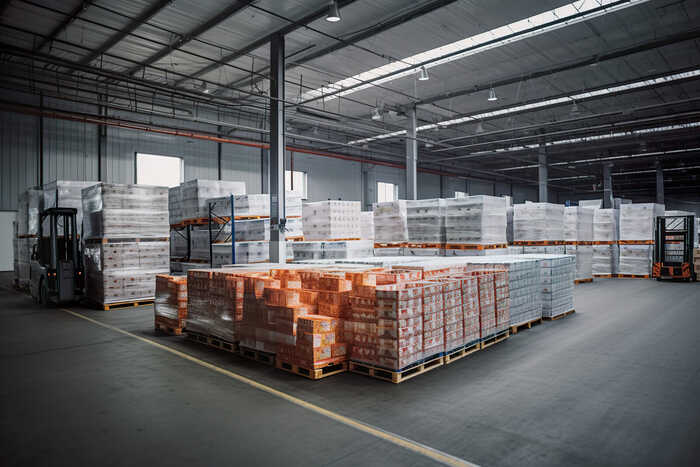What are high-risk and low-risk areas in a food factory?
When designing a factory, it's important to take high-and low-risk production needs into account. This is essential for both food safety and regulatory reasons.
High-risk areas
In a food factory, 'high-risk areas' refers to the parts of the facility where there's a greater risk of food contamination, either from the processing equipment or from the people working in those areas. Examples of high-risk areas include processing and packing areas, where food is handled and prepared, and areas where food waste is stored.
Low-risk areas
On the other hand, low-risk areas are the parts of the facility where there's less risk of food contamination. These might include offices, storage areas for non-food items and loading docks.

The importance of zoning
It's important to separate high-risk areas from low-risk areas in a food factory. This helps to prevent the spread of contaminants and maintains the safety and quality of the food being produced. High-risk areas require more stringent cleaning and sanitation procedures, as well as specialised equipment and protective clothing for workers.
At Willett Food Projects, our design engineers and project managers all have a minimum of HACCP L3 food safety training. They understand the importance of designing and building food factories that meet regulatory requirements and always prioritise the safety and quality of food production.
Get in touch to learn more about how we can help you ensure a safe, compliant food factory environment.
Posted by Kirsty Willett on June 6th 2023
